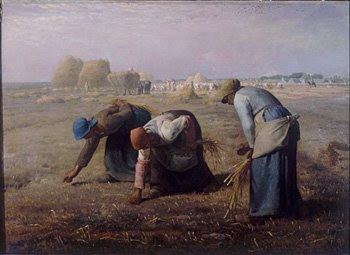
Every city seems to have its floating population of disaffected youth -- school dropouts, occasional workers, drug users, skateboarders, hooligans, street people. How much of a problem is this? What are its dimensions? What are the social causes that influence the size and nature of this population in Detroit, Manchester, Cologne, or Novosibirsk? And are there social programs that can significantly diminish the number of young people who wind up in this category?As for the importance of the problem, there are at least two aspects. In some times and places this population becomes a source of violence -- youth gangs, football hooliganism, shop window breakage, and skinhead attacks on racial minorities, gays, or other targets. But second,...


 Posted in:
Posted in: 








